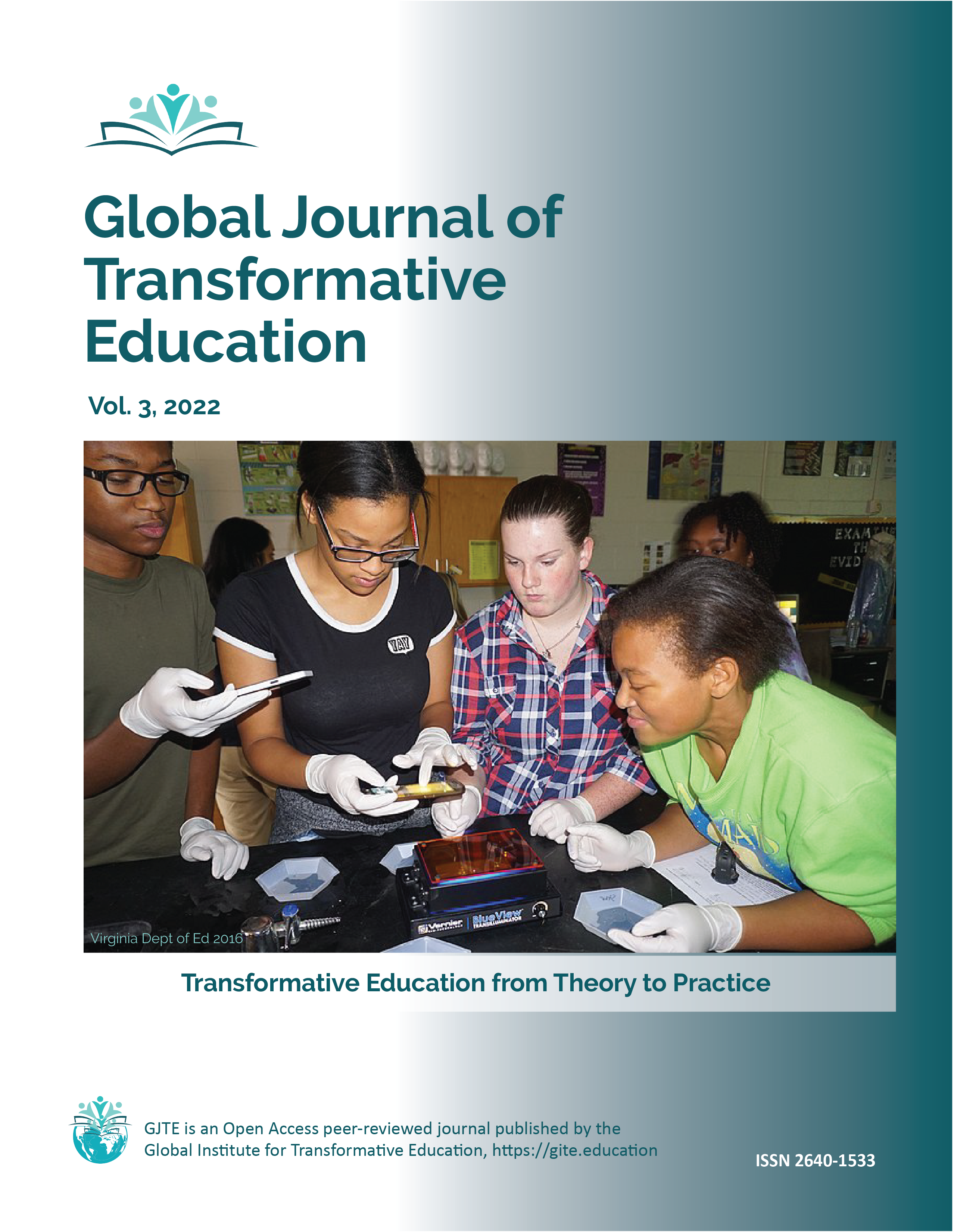Designing university syllabi for 21st century skills Maximizing learning outcomes in higher education
Main Article Content
Abstract
This paper discusses the contours of developing a 21st century course syllabus that empowers students in the learning process to become critical thinkers, problem-solvers, innovators, and collaborators. It draws from transformative learning theory to provide detailed information on the characteristics of a syllabus, its universal components, interpreting course code, uses of a syllabus, accessibility, and backward design. It draws from Bloom’s taxonomy to offer a pragmatic guide to syllabus creation with concrete examples on how instructors can employ a backward design approach to syllabus development to effectively create a syllabus of a course they have never taught before. The author concludes by reiterating that the overarching emphasis of teaching with a syllabus is to promote higher-order thinking and deeper learning in higher education because a syllabus that promotes deeper learning and knowledge transfer maximizes learning outcomes.
Downloads
Article Details

This work is licensed under a Creative Commons Attribution-NonCommercial-NoDerivatives 4.0 International License.
The Global Journal of Transformative Education (the “Publisher”) and the Author(s) agree as follows:
1. Publication and Promotion: In consideration of the Publisher’s agreement to publish the Work, Author hereby grants and assigns ¬to Publisher the non-exclusive right to print, publish, reproduce or distribute the Work throughout the world in all possible formats by any method now known or hereafter developed, including electronic and print formats, and to market or sell the Work or any part of it as Publisher sees fit. Author further grants Publisher the right to use the Author’s name in association with the Work in published form and in advertising and promotional materials.
2. Copyright: Copyright of the Work remains in Author’s name.
3. Prior Publication and Attribution: Author agrees not to publish the Work in print or electronic form prior to publication of the Work by the Publisher. Author agrees to cite, by author, title and publisher, the original Global Journal of Transformative Education publication when publishing the Work elsewhere.
4. Author Representations: The Author represents and warrants that the Work: (a) is the Author’s original Work and that Author has full power to enter into this Agreement; (b) does not infringe the copyright or property of another; (c) is accurate, and that any research or investigation conducted for the purpose of the Work abides by the guidelines and regulations of the Institutional Review Board and/or the Institutional Animal Care and Use Committee; (d) contains no material that obscene, libelous, defamatory or previously published, in who or in part, except when written permission for reprinting is provided from another publisher. Author is responsible for requesting and providing such permission to the Publisher. Author shall indemnify and hold Publisher harmless against loss of expenses arising from breach of any such warranties.
5. Licensing and Reuse: Unless another option is selected below, reuse of the published Work will be governed by a Creative Commons Attribution – NonCommercial NonDerivative 4.0 International License (https://creativecommons.org/licenses/by-nc-nd/4.0/legalcode). This license lets other us contents of the Work without revision, although new works must acknowledge the original Global Journal of Transformative Education publication and be non-commercial; they do not have to be licensed on the same terms. (Author understands that this license permits other users to modify the Work in copies shared publicly.)

